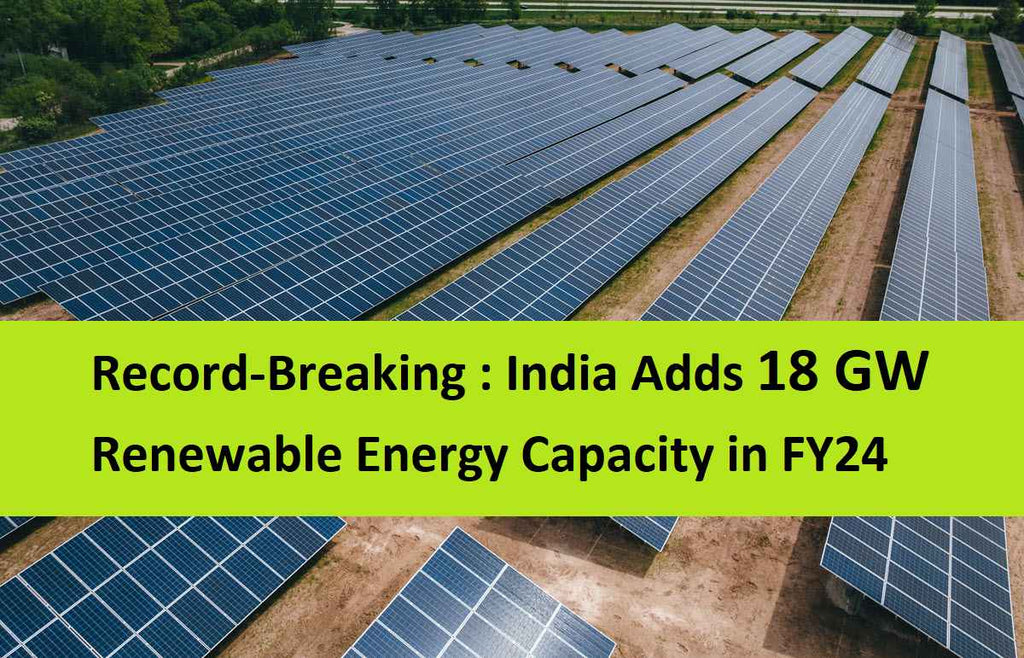Solar Panels' Role In Chandrayaan-3 Successful Landing On Moon
4 min read
Introduction: Chandrayaan-3 Victory
The realm of space exploration has witnessed remarkable advancements over the years, each mission pushing the boundaries of human knowledge. Among these, Chandrayaan-3, India's lunar exploration mission, stands as a testament to the country's dedication to unraveling the mysteries of the cosmos. While numerous factors contribute to the success of such missions, one unsung hero often goes unnoticed: solar panels. In this article, we delve into the profound role of solar panels in the triumphant journey of Chandrayaan-3.
Solar Panels in space missions:
What is soft landing in space exploration

A "soft landing" in the context of space exploration refers to the controlled and gentle touchdown of a spacecraft or lander onto the surface of a celestial body, such as a planet, moon, or asteroid.
Unlike a "hard landing" which implies a high-speed or uncontrolled impact, a soft landing involves a carefully planned descent that ensures the spacecraft lands safely and intact, allowing for continued operations and data collection on the surface.
Solar energy and soft landing of Chandrayaan-3
As per the Indian Space Research Organisation (ISRO), they have planned the soft landing based on when there is sunlight. They did this because they attached solar panels to the lander. The leader of ISRO, S Somanath, explained that these extra solar panels will make sure the lander can produce power regardless of how it lands.
The sunlight is really important. That's why they chose to land when there is sunlight. It's necessary for the daytime to last so that the solar panels can charge, and the rover can move around
Why Chandrayaan-3 has solar panels on 4 sides ?

The Chandrayaan-3 mission has introduced a significant enhancement in its design by incorporating solar panels on all four sides of the lander.
This departure from the previous Chandrayaan-2 mission, which featured solar panels on only two sides, marks a strategic move to ensure a more reliable and consistent power source throughout the mission's operation on the lunar surface.
This modification guarantees that the Lander can still receive solar power even if touch down at an angle different from what was initially intended. Additionally, the Moon's surface is uneven, and the spacecraft might tumble or roll after landing.
So, at least one or two of its sides will always be exposed to the Sun, allowing it to stay functional.
Solar Panels in Chandrayaan-3 are vertical mounted
Unlike their common slanted arrangement on Earth, solar panels on Chandrayaan-3 are mounted vertically at a 90-degree angle for a distinct reason. This intriguing choice arises from the unique dynamics of solar energy reception on the Moon.
On Earth, solar panels are often tilted to optimize sunlight capture because the Sun's path moves horizontally across the sky from east to west. When the Sun is directly overhead at noon, solar panels receive the most sunlight when they are inclined to face the Sun's direction. This slanted positioning maximizes energy absorption.
However, the scenario shifts when we consider the Moon. Unlike Earth, the direction of sunlight falling on the Moon's surface isn't consistent, and it doesn't shine directly downwards. This means that if we were to place solar panels on the Moon in a slanted manner as we do on Earth, they would be vulnerable to receiving sunlight from the side, top, or bottom, rather than optimally.
To address this unique solar energy challenge on the Moon, Chandrayaan-3's solar panels are mounted vertically at a 90-degree angle. By doing so, these panels are positioned to face the changing angles of sunlight falling on the lunar surface. This clever design ensures that regardless of the Sun's orientation in the lunar sky, at least one side of the solar panels will always be directly exposed to the sunlight.
In this way, the vertical arrangement guarantees that the solar panels on Chandrayaan-3 can consistently receive the maximum available sunlight, making them efficient and reliable energy sources.
The unending connection between solar & Chandrayaan-3
The relationship between solar energy and Chandrayaan-3 extends further. Commencing its 42-day voyage on July 14 at 2:35 pm, the chosen landing date was determined by the moon's sunrise time.
With Chandrayaan-3 having accomplished its landing, there's anticipation that the solar panels will play a pivotal role in unveiling the enigma of our Sun's satellite. These panels, carefully positioned to harness the abundant solar energy available in space, hold the potential to power the spacecraft's systems and instruments. The uninterrupted supply of energy from these panels will not only sustain the spacecraft's operations but also fuel its scientific endeavors.
Conclusion
As Chandrayaan-3 embarks on its cosmic voyage, let us not overlook the silent heroes powering its journey: the solar panels. These unassuming devices epitomize the marriage of cutting-edge technology and human aspiration. They empower the spacecraft, drive its systems, and enable us to inch closer to unraveling the Moon's mysteries. In an age where space exploration is pushing new boundaries, solar panels shine as a beacon of innovation, illuminating the path to success for Chandrayaan-3 and the future missions that will follow.






![[2024] Latest List of ALMM Solar Panels | MNRE Approved Solar Panels Manufacturer List](http://bluebirdsolar.com/cdn/shop/articles/list_of_almm-min-3-min_1024x1024.jpg?v=1713254602)


![[2024] Latest List of ALMM Solar Panels | MNRE Approved Solar Panels Manufacturer List](http://bluebirdsolar.com/cdn/shop/articles/list_of_almm-min-3-min_{width}x.jpg?v=1713254602)

read my blog https://bloggeradd.com/success-of-chandrayaan-3/
South pole of moon receives no sunlight, so how it is possible that solar array will be charged there as there is no sunlight on south pole of the moon
Leave a comment